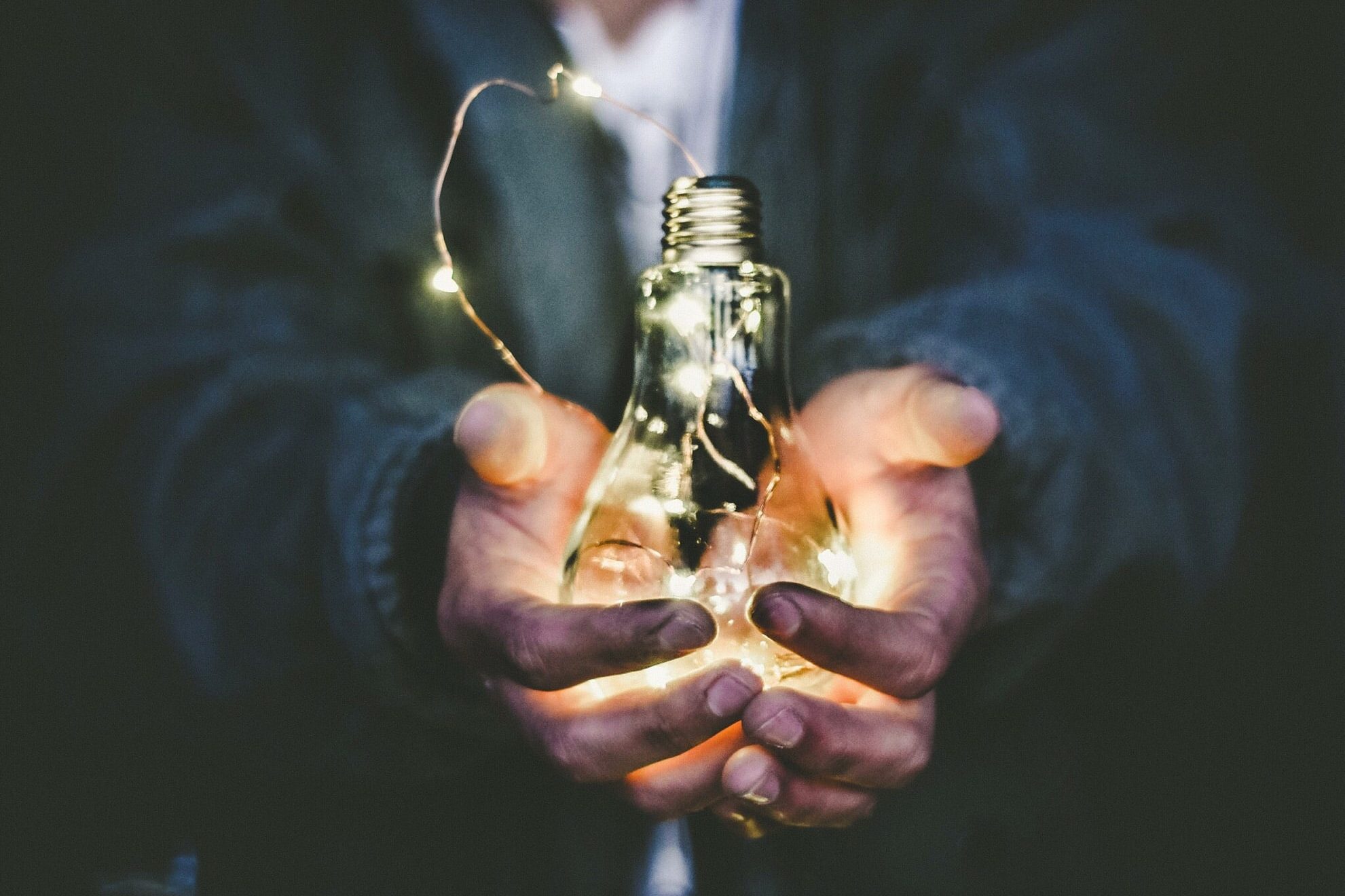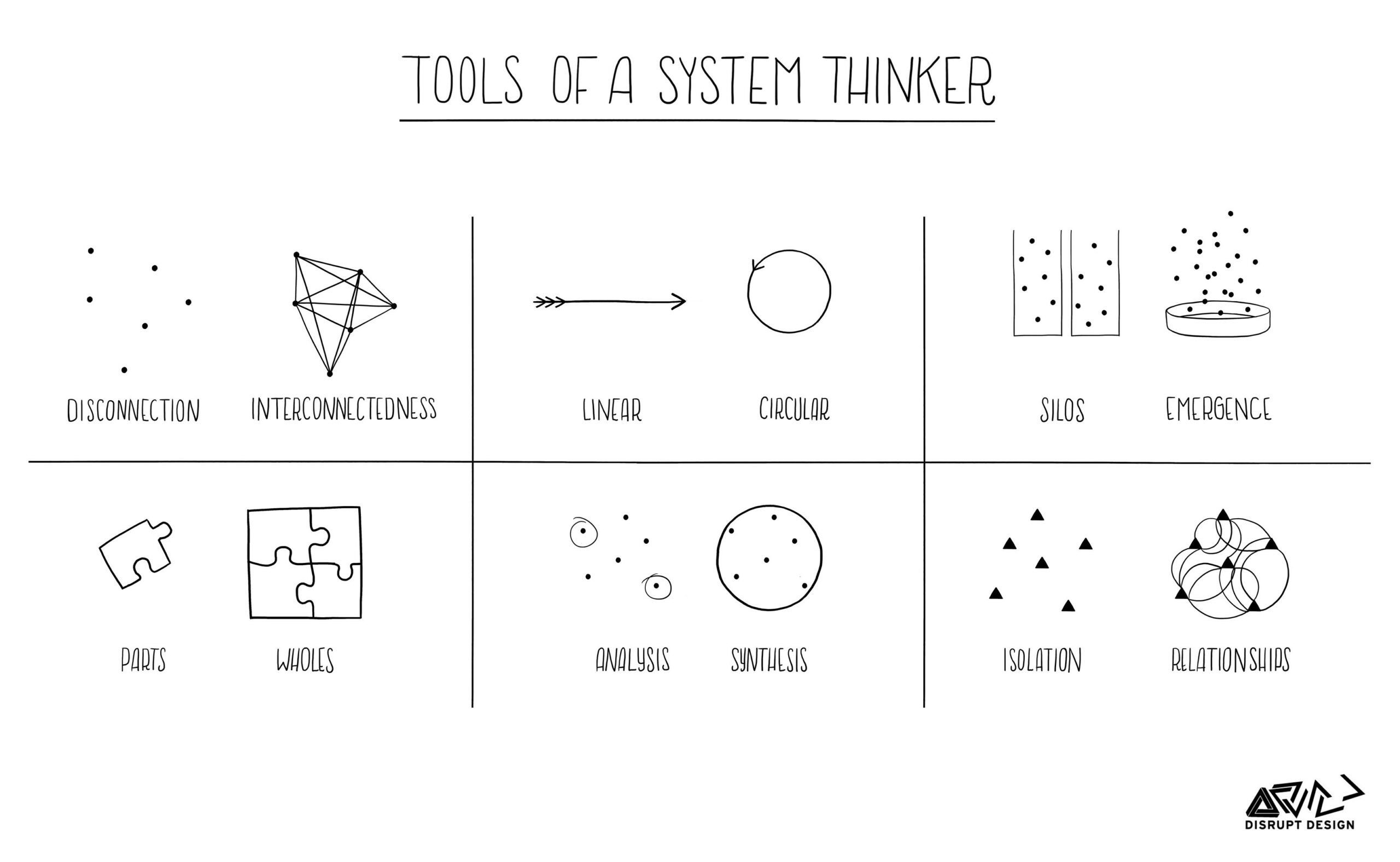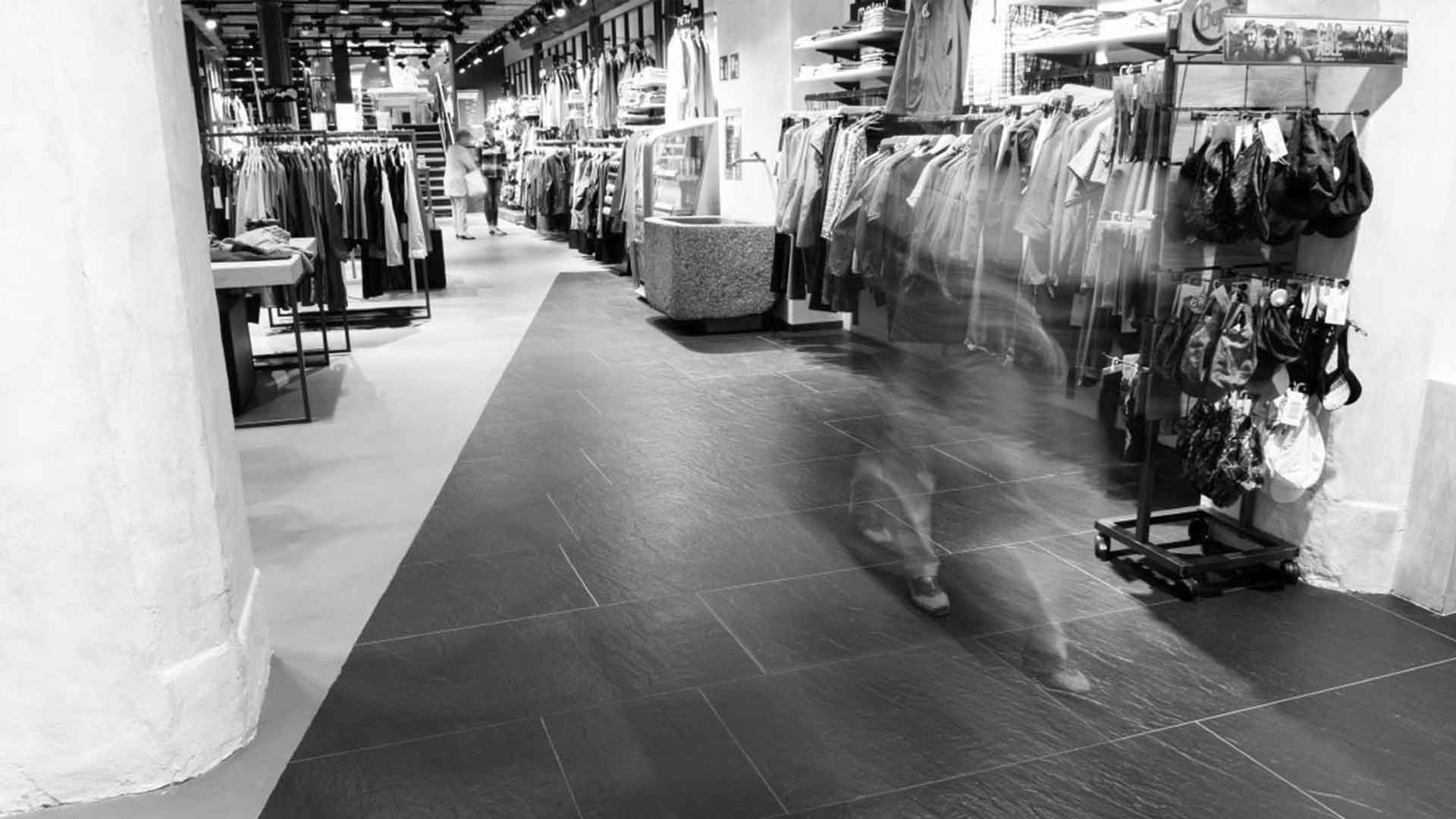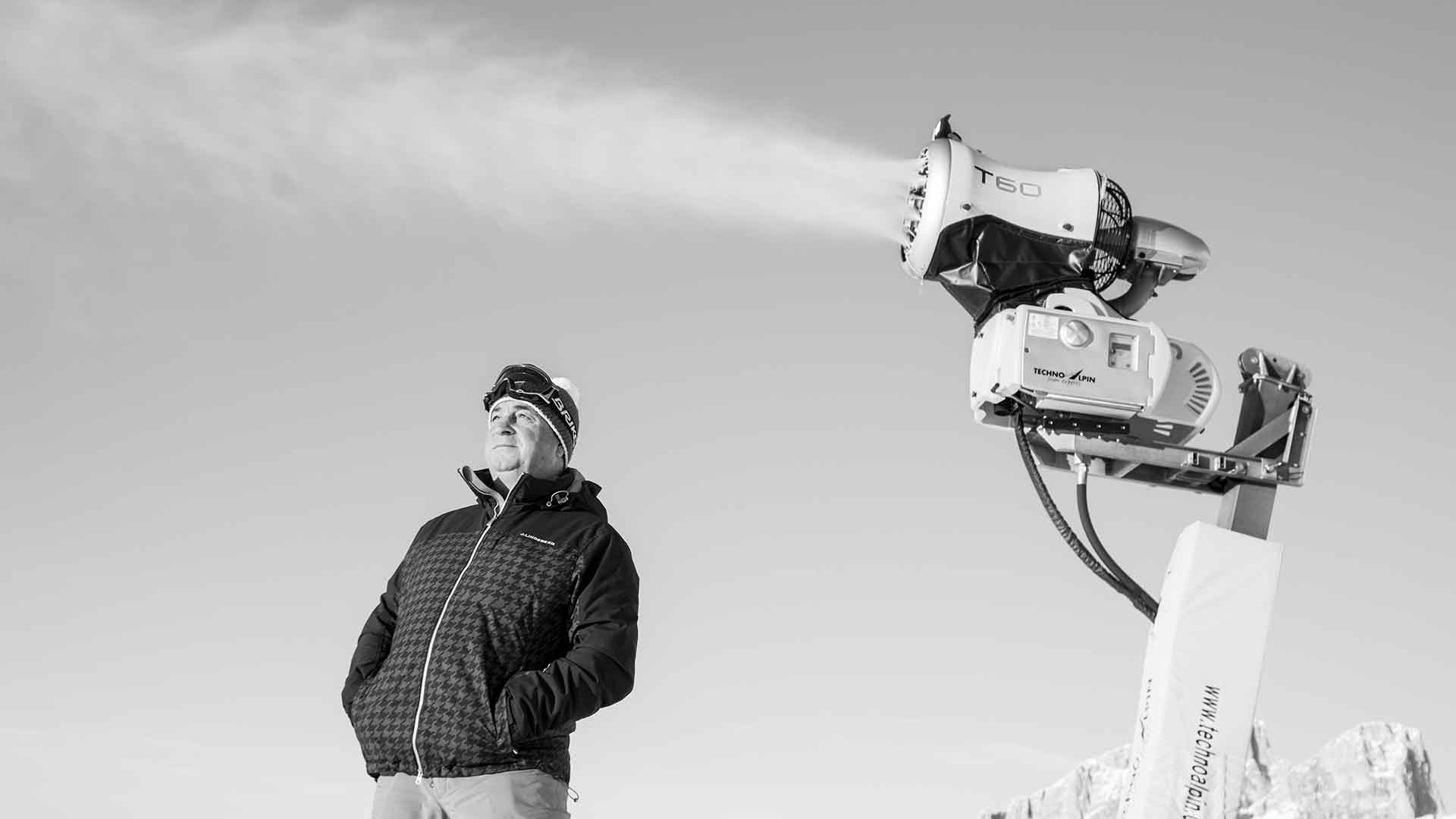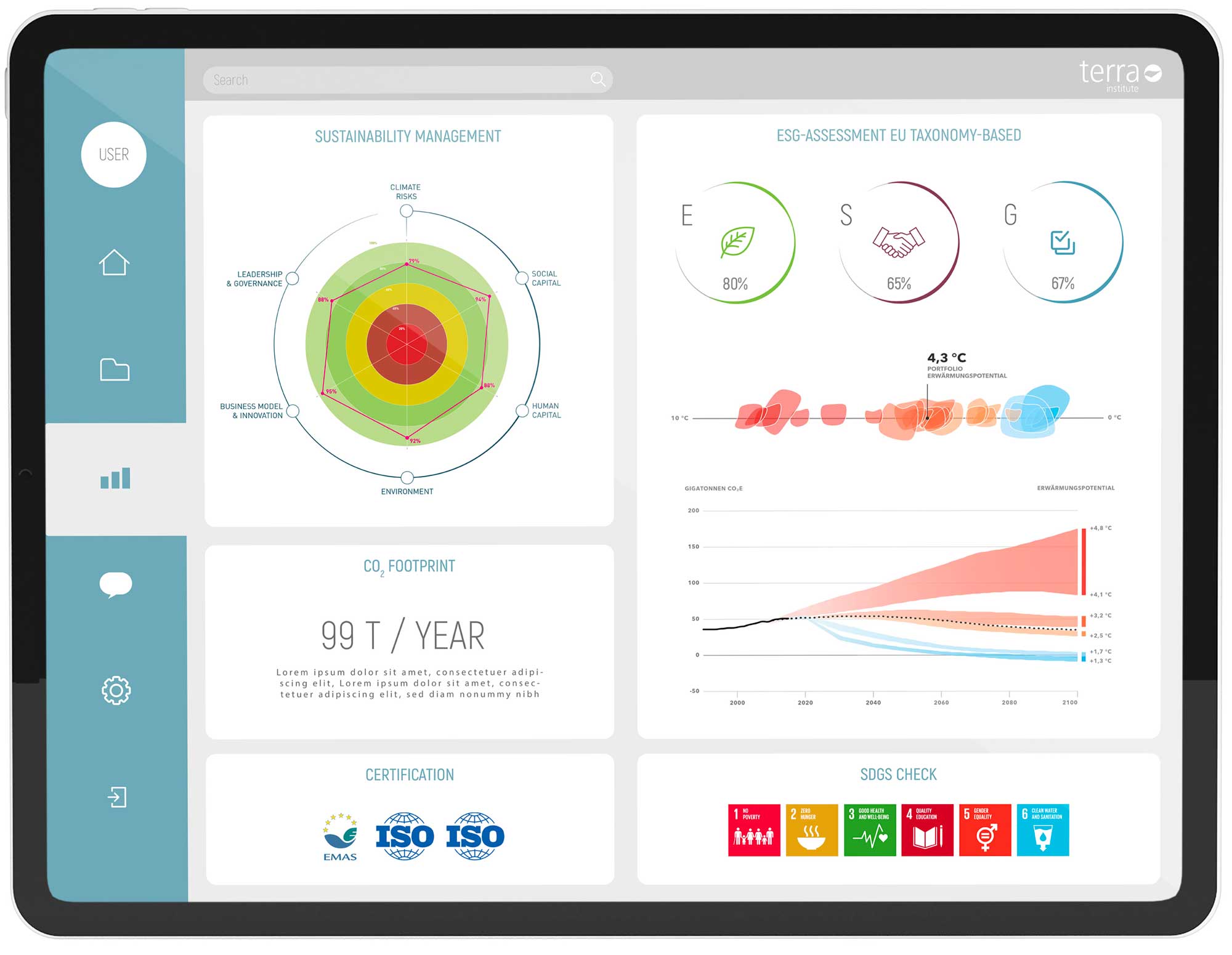The existence and prosperity of every individual depend on a functioning energy supply. Wherever people live and work, energy is consumed, and the demand for energy has risen and continues to rise far too strongly and too quickly. The energy system of the future cannot be based on a “business as usual” approach and certainly not on a “return” to fossil fuels or nuclear technology from the 1980s.
The goal of the energy transition is for humans and the environment to live in harmony again. Thinking holistically – that is what a sustainable economic system is about. It connects economy, ecology, and society, conserves natural resources, minimizes negative environmental impacts, and thus enables qualitative growth.
ENERGY SYSTEM OF THE FUTURE
How do we manage to design an energy system of the future that is energy-efficient and environmentally friendly while maintaining competitive energy prices and a high standard of living?
A prerequisite for a sustainable energy supply is the medium- to long-term restructuring of energy supply structures.
For an environmentally friendly energy system, the consumption of fossil fuels must be reduced and even stopped in the long term. Fossil fuels such as oil, natural gas, and coal are energy sources formed from the remains of plants and animals in ancient times. They cause the greenhouse gas carbon dioxide and thus global warming.
For the energy system of the future, we need renewable energy from sustainable sources such as hydropower, wind energy, solar energy, biomass, and geothermal energy. Unlike fossil fuels like oil, natural gas, hard and lignite coal, as well as uranium ore, these energy sources do not deplete.
However, to supply ourselves with renewable energies as reliably as possible today, much research and development is still needed. New technologies and innovations are what make the energy transition possible in the first place. In addition to the energy sources, all measures involved in distribution, storage, and intermediate storage of energy carriers must be included here (efficient grids, pumped-storage power plants, hydrogen production, and storage).
We can also focus on the points in processes where energy is produced as a by-product, for example, in ventilation technology where heat can be recovered using recuperative or regenerative processes.
Where one renewable energy source is insufficient, systems of sustainable energy generation must be combined. The innovation potential at this point is immense, and the opportunities for developing new business models are manifold.
Although we still have a long way to go towards a resource-efficient circular energy economy: the more solutions we develop, the more gaps we can close, and the more we network and exchange knowledge, the greater the chance of quantum leaps.
SAVED ENERGY HAS ZERO CO2 EMISSIONS AND IS INDEPENDENT OF ENERGY PRICES
If we ask an energy technology expert, such as Michael Bergmeister from Bergmeister Ingenieure in Vahrn, how a company can embark on the path to sustainable energy supply, he has a catchy motto ready: Every unit of energy saved has zero CO2 emissions and is independent of energy prices. The Climate House expert knows how a good company proceeds:
1 – The analysis creates the foundation
Good companies analyze their energy consumption accurately and focus on the future. Through consumption analysis with energy measurements, the course of different energy consumers can be analyzed.
Once the current status is available, it can be determined in the next step when which demand is required and how the performance curve behaves accordingly.
With this inventory analysis, the foundation for the future is created. The company knows which form of energy is required when and at what level.
2 – Technical measures are applied in the short term
Now, first short-term saving measures can be implemented, such as the installation of heat recovery systems. Work processes can be adjusted so that the use of synergies becomes possible, for example, by using waste heat for hot water production.
3 – The company location must be considered in the long term and in context
Once the first measures are implemented and the company’s energy consumption is optimized, a long-term energy strategy must be developed. It is important to discuss the location of the company with the available alternative energy sources. Possible partnerships with other companies at the location and their energy consumption and production should also be considered as part of an industrial symbiosis.
The goal must be to build a regional alternative energy supply that delivers secure, environmentally friendly energy, as independent as possible from political events.
For South Tyrolean companies, the high solar yields, the high potential of biomass, and the gentle use of hydropower offer huge potential and an even greater chance to produce climate-neutrally.
COURAGEOUS COMPANIES RECEIVE TAILWIND
For companies that now want to take the step into a sustainable future, it is important to think about the cents in the future, not just those already flowing into the pocket today.
Many countries in Europe grant investment subsidies to promote energy efficiency and the use of renewable energy sources. Examples of funded measures include thermal insulation, heat recovery from ventilation systems, the energetic renovation of individual building units, hydraulic balancing, heating and cooling systems, replacement of oil and gas boilers in condominiums, installation of thermal solar systems, installation of photovoltaic island systems, and construction of wind island systems. Conducting an energy audit can also be subsidized.
As in all areas of sustainability, the same applies to energy: our economy is slowly moving towards solutions. Here, we must continue openly and confidently, with our gaze fixed on the year 2040, by which according to EU regulations, 70% of our energy must come from renewable sources.

